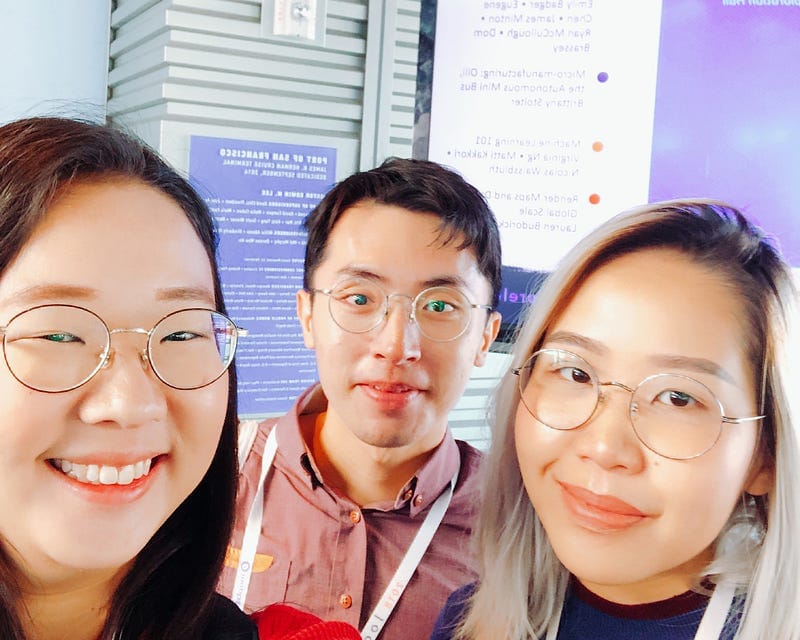
Kontinentalist at Mapbox’s Locate Day #2
Locate day one was jam-packed with insightful talks from various experts in the field. Pei Ying, our resident storyteller, wrote about our…
Locate day one was jam-packed with insightful talks from various experts in the field. Pei Ying, our resident storyteller, wrote about our experiences and personal highlights from the first day here.
Still riding high from the first day, we returned for day two, ready to learn even more about the future of location tech and where we fit between the gaps–and to find out what in the world a donkeycar was.
Day 2 keynote was definitely something to remember, and perhaps one of the highlights of the day for all of us. Mapbox’s CTO, Young Hahn, talked with great gusto about the limitations of humans in map data collection, how we had to change the way we use maps, and about the automated future of map data creation. It was hard not to get excited and believe that the future is in location indeed.

The talks afterwards were fascinating to say the least. Mapbox’s tech wizard Damon Burgett shared his tendency to “misuse” Mapbox creatively and shared some experimental visual arts that he created. It was truly a feast for the eyes. Lee Martin, appropriately dubbed Rock N’ Roll Cartographer, shared what it was like to use satellite imageries to launch a marketing campaign for Marilyn Manson’s newest single. After almost a whole day of technical talks the day before, the change up was refreshing.

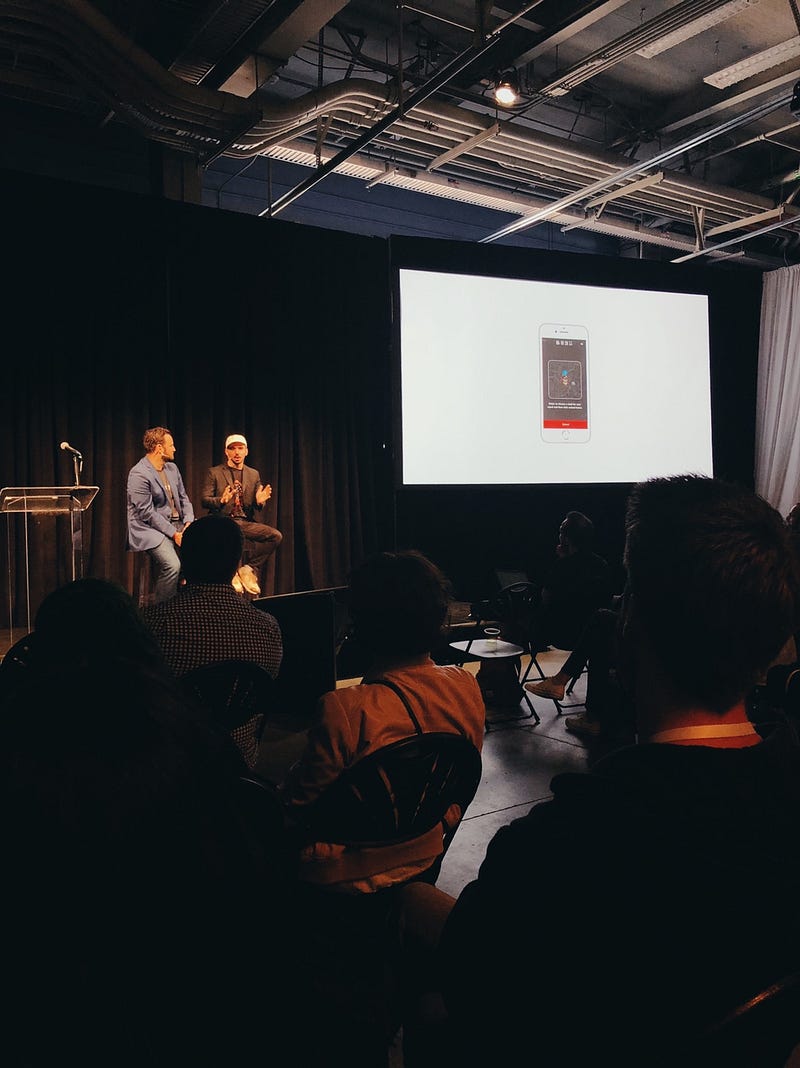
The most memorable experience of day two for me, without question, was getting Amy Lee Walton’s design book. In our day one blog, I talked about how Mapbox designer Amy Lee Walton left a big impression on me as a designer. What I didn’t mention was, Amy also gave out limited copies of a Locate-exclusive book she authored with Mapbox, The Guide to Map Design. I knew I HAD to get my hands on it not just for myself but also for the team. Unfortunately, I arrived too late at the queue and my hope was dashed – there were more than 50 people in line for 15 copies of the book. Still, I remained in the queue for a chance to introduce myself to Amy. Amy was terribly nice in person and she loved the little avatar I drew for my name card. I felt all the more disappointed in myself for not being fast enough to get her book…until the next day that is. Amy announced on Twitter that she got more books printed and would be giving them out near the main entrance. I literally bolted from the talk I was attending (sorry!) and loitered around the counter for 45 minutes in freezing cold like a stalker. When she finally showed up, I was second in line 😎
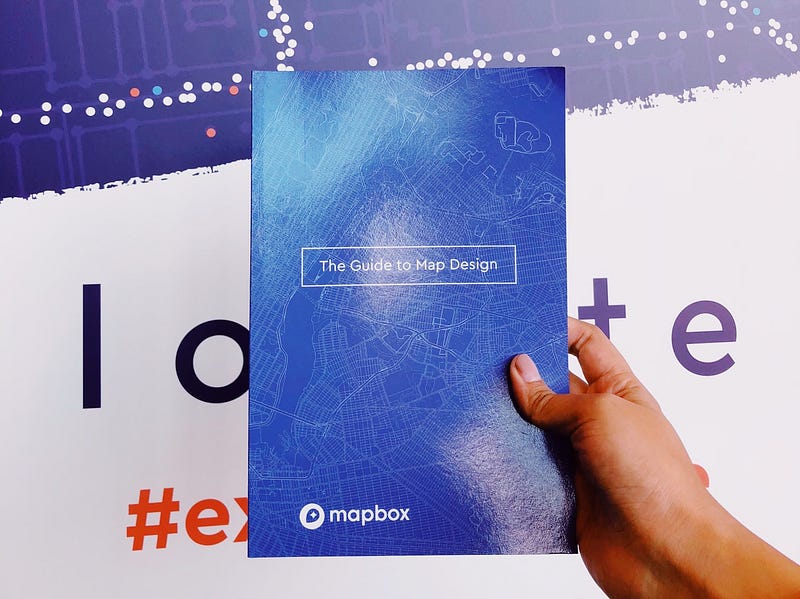
By the end of the conference, we were exhausted, more mentally so than physically. It goes without saying that Singapore and Asia in general are still years behind in location tech — older generations are still getting used to the idea of using GPS for way-finding. Witnessing a glimpse of the future of mapping tech at Locate certainly gave us the determination to be the front-runner in that aspect.
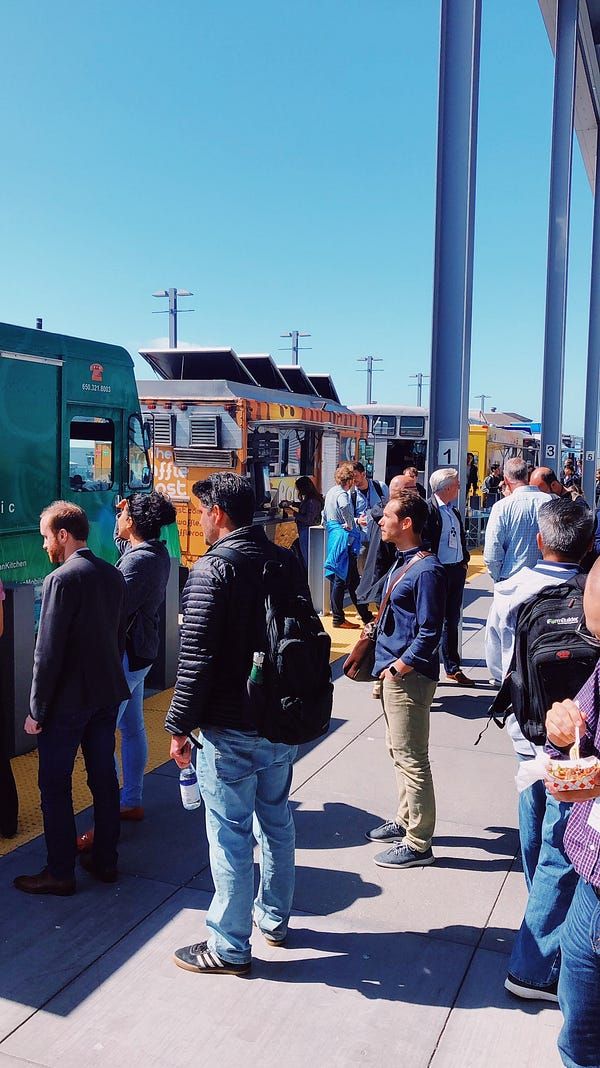

We decided to end the day with boba tea from one of the food trucks (nowhere as good as what we had in Singapore, as expected) and head back to the hotel. We drove away as other attendees started to gather outside the building for the Donkeycar Race. Alas, we didn’t find out what all the hype was about. Maybe next year!
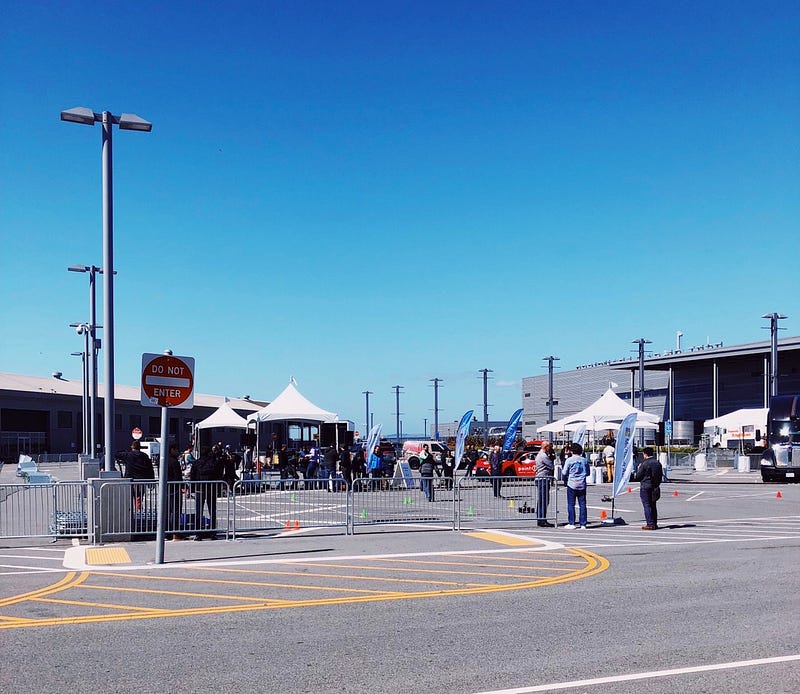
Peiying’s highlights
The best part of Locate day 2 was the discussion panel “Mapping the Crisis in Affordable Housing” where New York Times journalist Emily Badger made an appearance! At the centre of her articles are often map visualisations that leave a lasting impact on the reader. Included in the panel were also Eugene Chen of Darkhorse Analytics — who’s company built housing heat maps based on prices and how policies changes the housing landscape, James Minton from The Eviction Lab — who built a map studying eviction in the US, and Ryan McCullough from Andersen Construction — who discussed how the funding model for building subsidised housing was broken. At one point, the conversation between the panelists went deep into the discussion of housing policies around the world, and this was when Eugene Chen brought up Singapore’s (shoutout!) housing policies, how race places a part in ensuring integration, and how impossible it would be for such a policy to be implemented in the western world. This was a real reminder of how map visualisations can power insights and solutions to aspects of our daily lives, and how they can play a vital role in building a strong narrative.
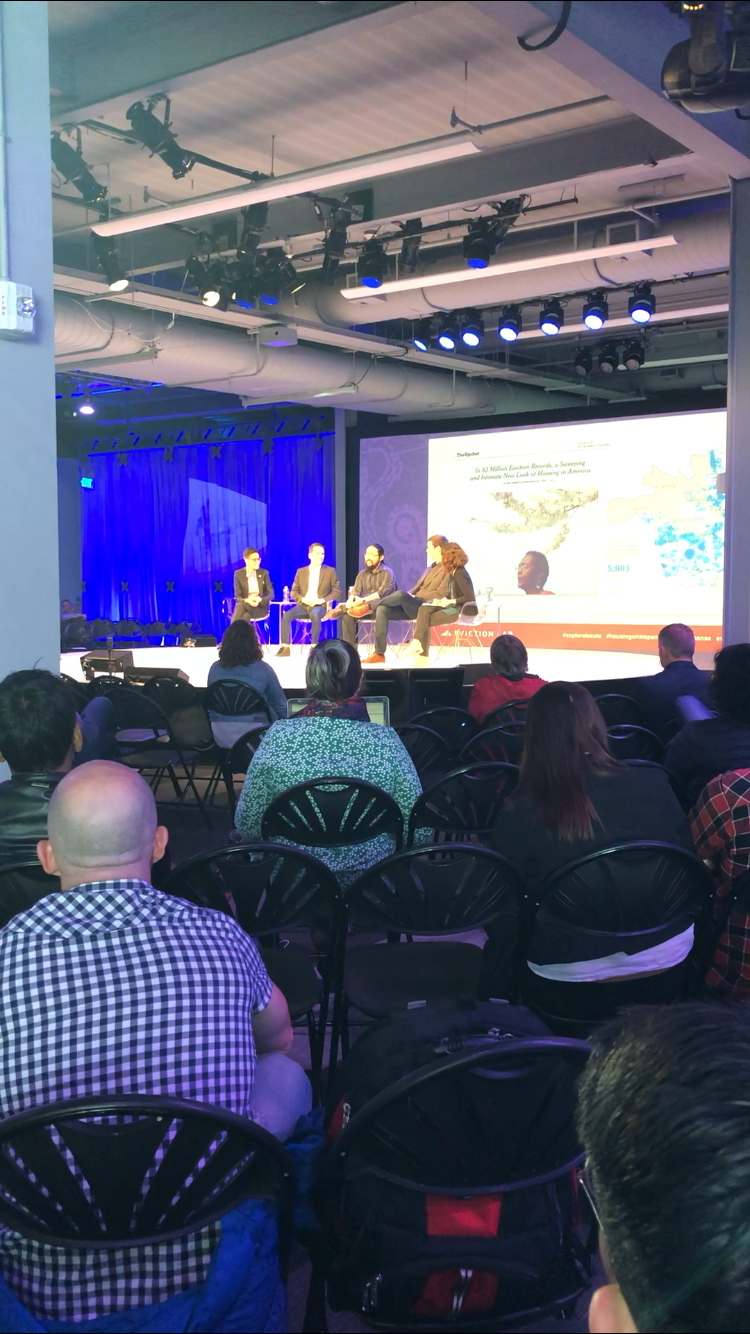
Dylan’s Highlights
What makes a good product? In our case, a good map? To build a data model of the world, how is the map data created? What are the data points? How can machine assist us in our quest to streamline the mundane routine tasks?
My curiosity was enkindled while listening to CTO Young Hahn’s keynote.
One of the hyped products during the conference is Mapbox’s latest Vision SDK. It is a good example of the message that Mapbox’s CTO was trying to drive home — removing the human join.
The innovative aspect of Vision SDK is its ability to process real-time data with distributed sensors. The machine algorithm itself CAN come to a decision when given enough input.
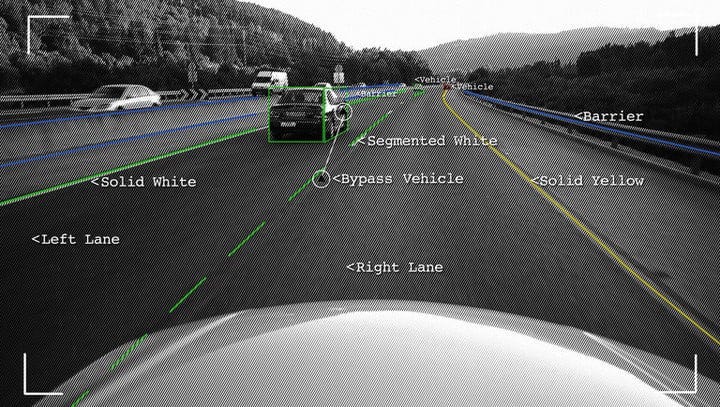
In this rapidly changing world, would you want to be in the driver seat heading towards the new world or stay back and continue to marvel at your past achievements?
Our journey in San Francisco continues! Check out Dylan’s story for our trip to Stamen Design and Stanford University.

